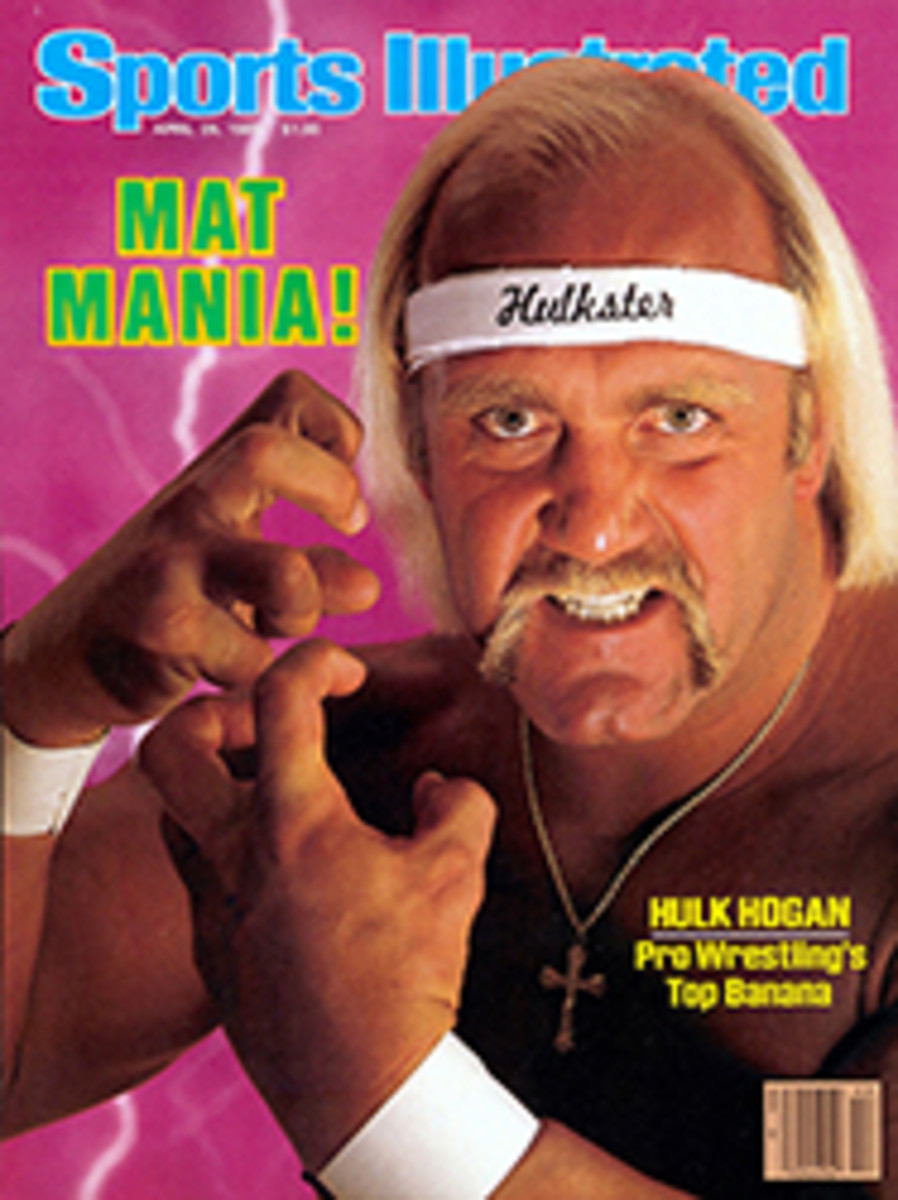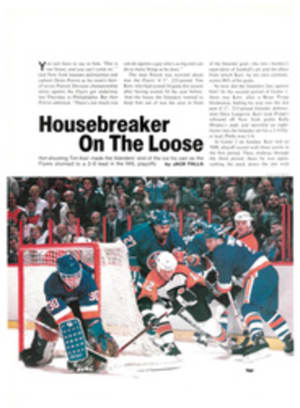
WHAT YOU SEE IS NOT ALWAYS WHAT THEY GET
"Everything you see in the ring is an illusion," says ex-wrestler Jim Wilson, spilling the beans on his erstwhile colleagues, a group whose livelihood depends on its trade secrets. Yes, bodies do fly, and bones are indeed broken, and blood sometimes flows. Nobody says it's easy. But that doesn't mean it's real, either.
One of the first things every wrestler learns is the correct way to fall—roughly eight feet if he's planning to be body-slammed by the likes of 7'4" Andre the Giant. "You have to land flat and distribute the shock over your whole body," says Wladek (Killer) Kowalski, who has been teaching would-be pro wrestlers out of the Boston YMC Union since soon after his retirement from the ring in 1977. "If you hear two sounds—bup-bup—you know it hurt like hell. If you hear one sound—boom—you know it was a good fall."
Kowalski's course includes tips on how to make less-than-lethal stomps and withstand blows from folding chairs. Instruction is hands-on. A student is invited to grab Kowalski's hair and ram his face into a turn-buckle. The student does so—smack!—but Kowalski comes up smiling. "Do I look hurt?" he asks. "Even when I teach it, it happens so fast they can't see it. It's talent!"
And then there's the infamous piledriver, in which a wrestler holds his foe upside down and slams him headfirst into the mat. Because his inverted position causes his hair to hang down and provide camouflage, the victim's head appears to smash into the mat before it actually does. There's some other trickery involved. "What's the first thing to hit the mat?" asks Kowalski. "My arms and hands!"
Nothing enhances the illusion of real mayhem more than a little genuine blood, or "juice," as it's called in the business. Kowalski says he drew blood from opponents with a well-applied knuckle to the eyebrow. "That's doing it the hard way," says Wilson. A former offensive tackle with the NFL's San Francisco 49ers, Atlanta Falcons and Los Angeles Rams, Wilson says he's a "former" wrestler because he refused to engage in a homosexual act with a wrestling promoter. He says most wrestlers carry a small razor blade—in their wristbands, trunks or even their mouths. Before a bout the promoter will give his wrestlers some idea of what he's looking for—head-pounding, flips, juice (from one wrestler), double juice (from both) or whatever—along with specific directions for the ending. The finale of every match is dictated by the promoter to make sure it's emotionally and visually satisfying. The baby-face might make a comeback, for instance. Or the heel might throw him over the top rope for an automatic disqualification. If there's a rematch angle for the next show, so much the better.
But much of the match is improvisation, what pros call "working." "It's whatever the crowd is buying that night," says Eddy Mansfield, a heel from 1977 to '84, who, like Wilson, claims he's been blackballed from the business. During a headlock a heel might whisper to his opponent a series of moves. "I'd say, 'Tackle, hip toss, slam,' " says Mansfield, meaning that he'd be tackled off the ropes, hip-tossed, then be subjected to a body slam. In the next headlock, a babyface might call some bumps of his own. It's a cooperative effort.
The target of the tricks, of course, is the crowd. "You can make 'em sit up, be silent, scream, anything," he says. "If you're a good worker, you can make the crowd do anything you want."
PHOTO
RONALD C. MODRA
Wrestlers like Andre the Giant and Big John Studd have learned how to soften those seemingly fearsome blows and mighty body slams.

